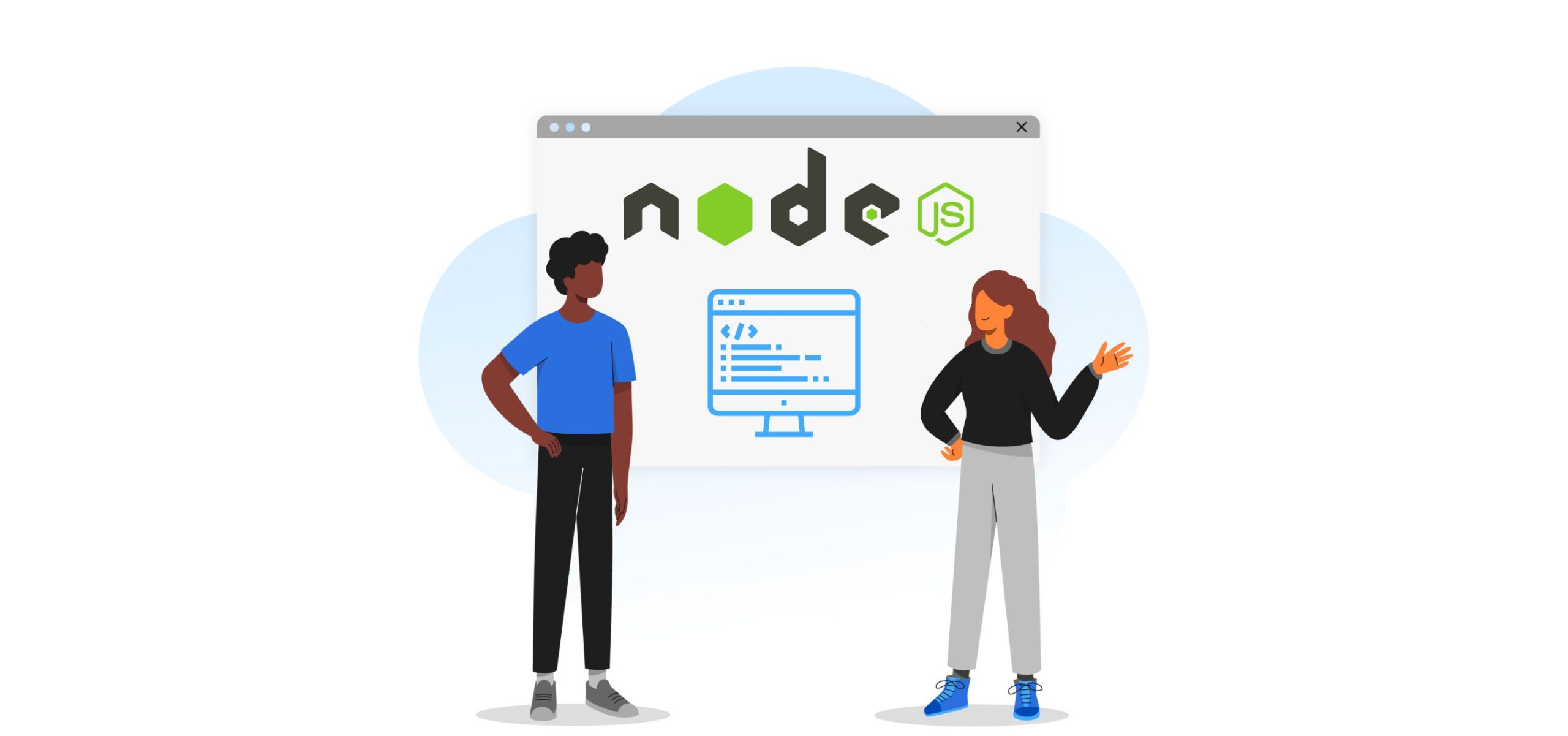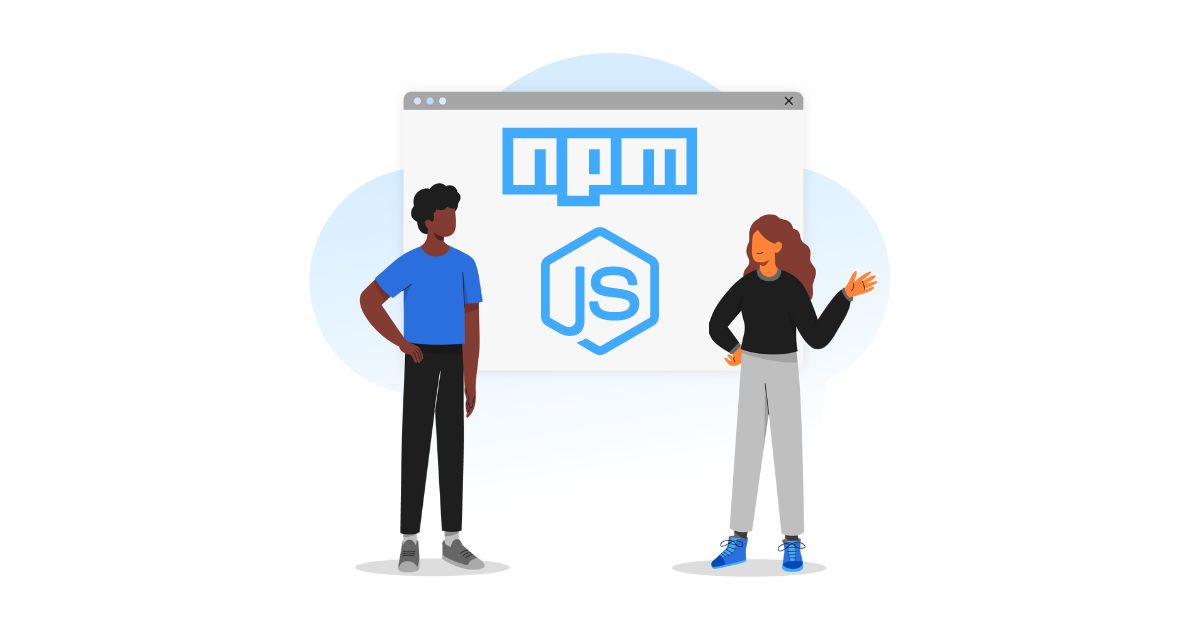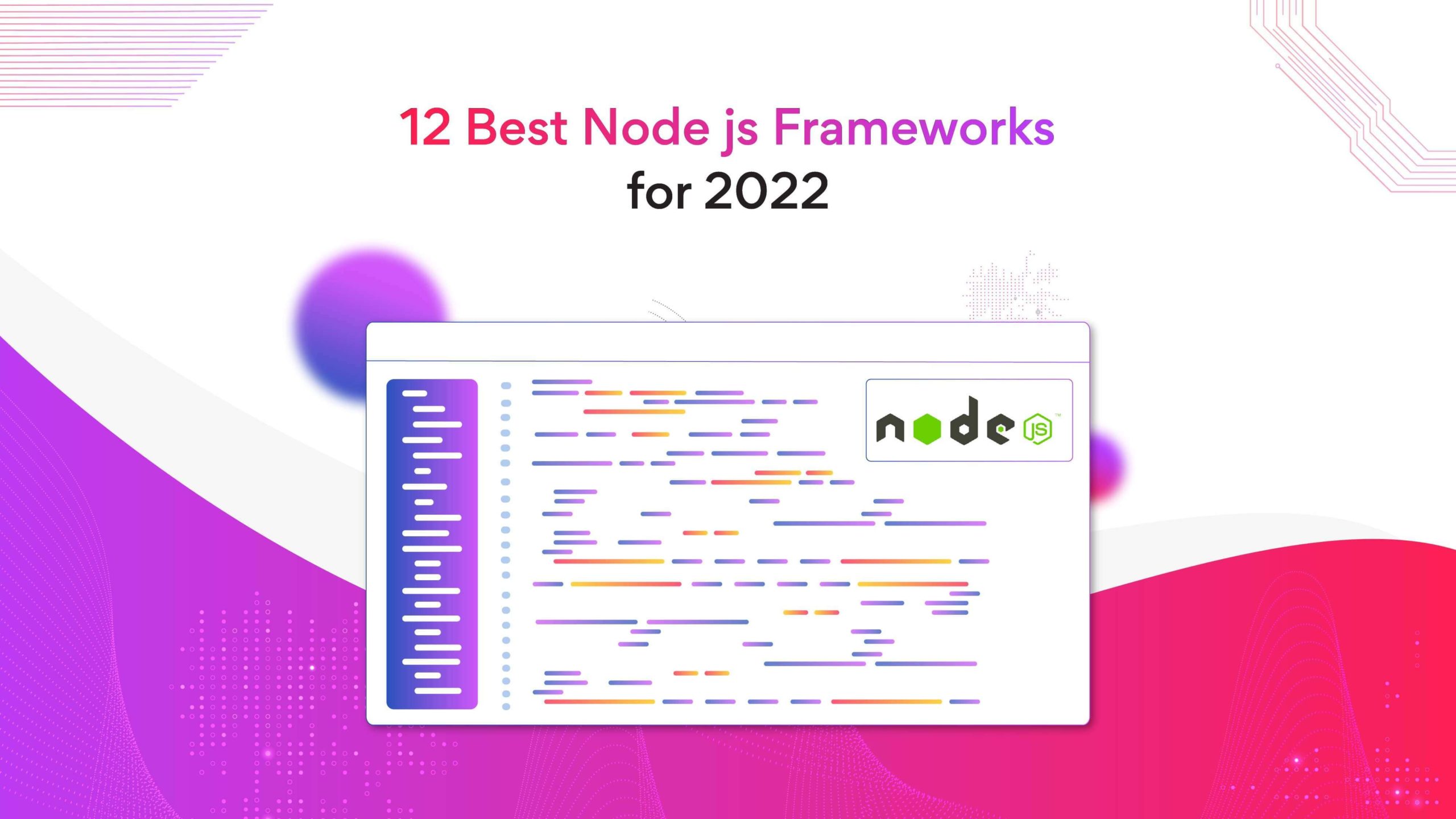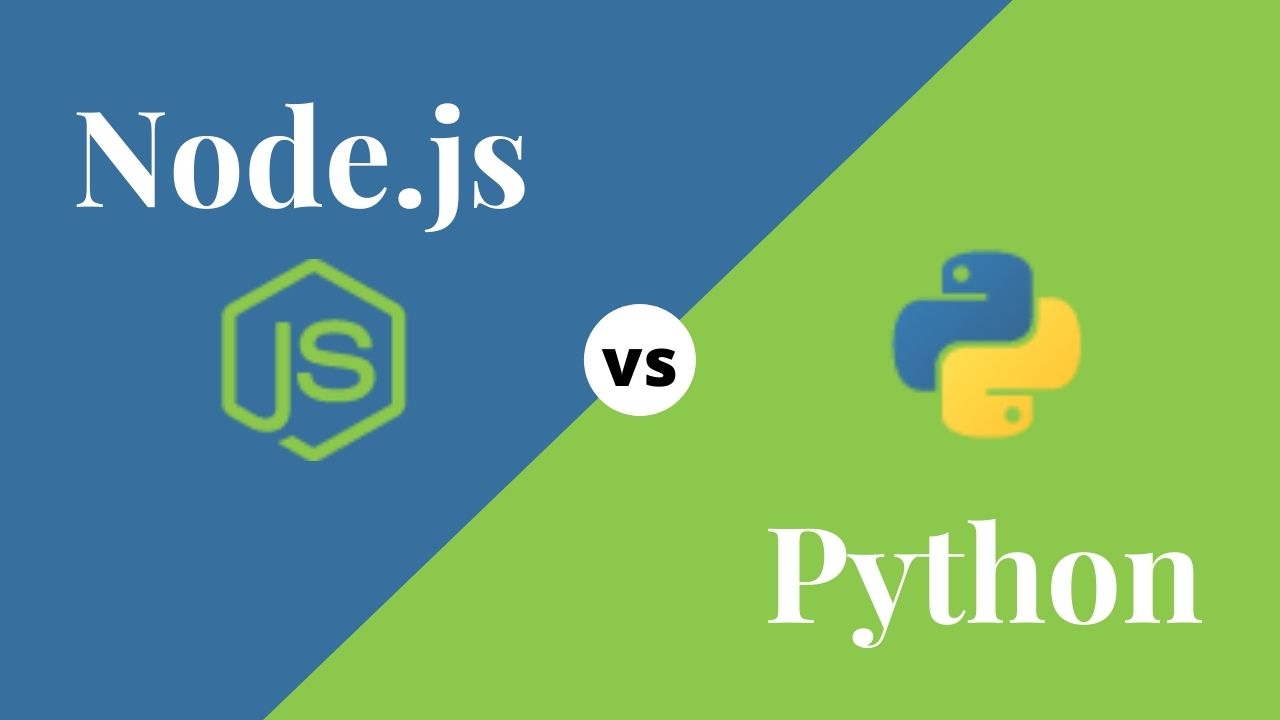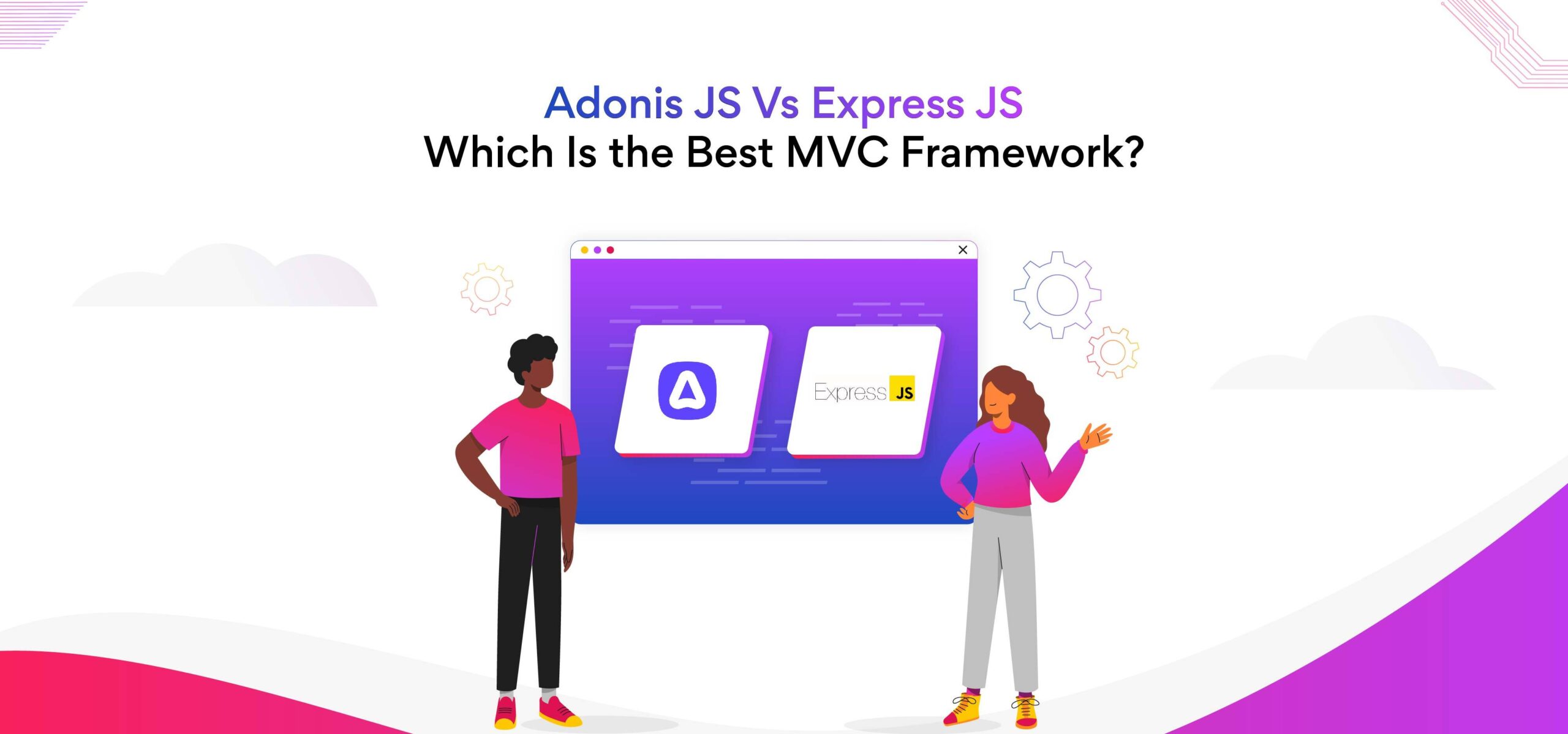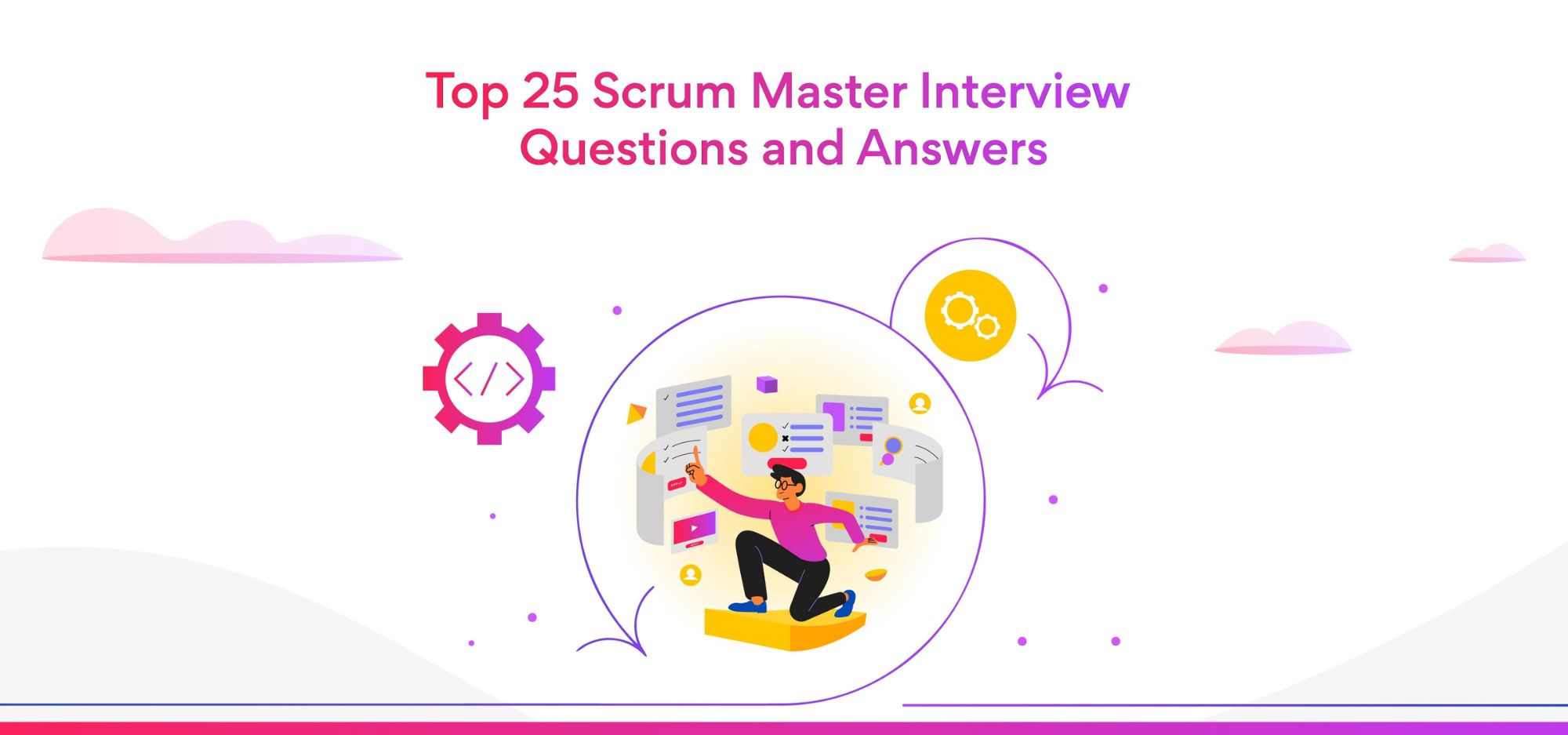Top 21 Node JS Interview Questions and Answers for 2023
Which are the common Node JS interview questions? How do I prepare for a Node interview? What is Node JS mainly used for?
Looking for answers to these questions? Let’s dive in.
What is Node JS?
Node JS is an open-source, cross-platform, back-end JavaScript runtime environment that runs on the V8 engine and executes JavaScript code outside a web browser.
Basic-level Node JS interview questions
- How does Node JS work?
Node JS operates on a single-threaded event loop and non-blocking I/O, both of which enable high rates because they can accommodate more concurrent requests. Node JS can also function on any standalone web server by utilizing the HTTP module. - Why is Node JS single-threaded?
To allow async processing, Node JS has a single-threaded paradigm. An application can run more efficiently and scale better when using async processing. So, as opposed to the usual thread-based implementation, Node JS uses a single-threaded model approach. - Explain Asynchronous and Non-blocking.
- Asynchronous: Asynchronous denotes the absence of synchrony. This feature lets us send asynchronous HTTP queries, which do not wait for a response from the server. These operations respond to the request for which the server response has already been received.
- Non-blocking functions: I/O operations are handled via non-blocking functions. They respond right away with any data that is accessible and continue to function in accordance with the requirements. If a response couldn’t be obtained, the API returns an error right away.
- What is REPL?
Read, Eval, Print, and Loop are referred to as REPL in Node JS. REPL represents a computer environment where any command can be entered and the machine can respond with an output, like a window console or Unix/Linux shell. A REPL environment is pre-installed with Node JS by default.
The following tasks can be completed by REPL:- Read: Reads the user’s input, parses the input into JavaScript data structure, and stores it in the memory.
- Eval: Receives and evaluates the data structure.
- Print: Prints the final result.
- Loop: Loops the provided command until CTRL+C is pressed twice.
- Mention the steps using which ‘Control Flow’ controls the function calls in Node JS?
Here are the steps:- Control the order of execution
- Collect data
- Limit concurrency
- Call the next step in the program
- Which are LTS releases of Node JS?
The Node JS LTS version, which stands for Node JS Long Term Support, receives all the necessary security upgrades, performance updates, and bug fixes. These versions, which prioritize stability and security, are supported for at least 18 months.
Only bug fixes, security upgrades, npm and documentation updates, performance enhancements, and other changes are made with LTS versions. - Explain middleware in Node JS?
Middleware is a function that accepts the Request and Response objects. These functions have access to multiple request & response objects, and the cycle’s subsequent function during the request-response cycle of an application. Middleware’s next function is expressed with the help of a variable ‘next.’
The middleware functions’ most frequent jobs are:- Execute any type of code
- Update the request and the response objects
- Finish the request-response cycle
- Invoke the next middleware in the stack
- What is ESLint?
ESLint is an open-source project that Nicholas C. Zakas created in 2013 with the intention of offering a linting tool for JavaScript through a plug. Linters are useful tools for searching certain bug classes in Node JS, particularly ones that are connected to the variable scope. - Why does Google use the V8 engine for Node JS?
V8 is a Chrome runtime engine that translates JavaScript code into native machine code, and Google utilizes it. - Explain stub in Node JS.
Stubs are essentially the applications or methods used in Node JS to stimulate module or component action. Stubs offer pre-programmed responses for the functions during any test scenarios.
Related post: Why and When to Use Node JS: A Brief Guide - Explain buffer class in Node JS?
In Node JS, the buffer class stores the raw data in a way comparable to an array of integers. However, it relates to a raw memory allocation outside of the V8 heap. Without importing a buffer module, an application can utilize this global class that is simple to access.
Advanced-level Node JS interview questions
- What are the attributes of package.json.
Name, version, summary, home page, author, contributors, list of dependencies, repository type and URL, the principal entry point of the package, and keywords. - What is an error-first callback in Node JS?
We must confirm that the code was executed without errors if we want to ensure that it is functioning properly. Error-first callbacks are used in this situation. They convey the error first and then any relevant data after that. - What is npm?
npm stands for Node Package Manager. Here are the two main functions of npm:- Online repositories for Node JS packages/modules which are searchable on ‘search.Nodejs.org’.
- Version management, command line utility to install packages, and dependency management of Node JS packages.
- What is the role of assert in Node JS?
Writing tests is possible using the Node JS Assert. When your test is run, it doesn’t give you any feedback unless it fails. Invariants can be tested using the assert module’s straightforward set of assertion tests. Although the module is meant to be used internally by Node JS, require (‘assert’) allows it to be incorporated into application code.
Sample syntax:
var assert = require(‘assert’);
function add (a, b) {
return a + b;
}
var expected = add(1,2);
assert( expected === 3, ‘one plus two is three’); - What is the Punycode in Node JS?
To translate a Unicode (UTF-8) string of characters into an ASCII string of characters, developers use the Punycode encoding syntax.
It is included with Node JS versions 0.6.2 and beyond. Use npm to first install the Punycode module if you wish to use it with different Node JS versions. To access it, use the need (‘Punycode’) command.
Here is the sample syntax:
punycode = require(‘punycode’); - What is an EventEmitter in Node JS?
An EventEmitter is a class in Node JS that contains all the objects that can emit events. This action can be done by utilizing the ‘eventEmitter.on()’ function to attach named events that the object emits. As a result, synchronous calls to the attached functions are made whenever this object throws an event.
Here is an example:
const EventEmitter = require(‘events’);
class MyEmitter extends EventEmitter {}
const myEmitter = new MyEmitter();
myEmitter.on(‘event’, () => {
console.log(‘an event occurred!’);
});
myEmitter.emit(‘event’); - What is the use of the crypto module in Node JS?
To offer users cryptographic functionalities, Node JS uses the crypto module. This function gives users access to a wide range of wrappers for carrying out different operations including cipher, decipher, signature, and hashing.
Related post: 12 Best Node js Frameworks for 2023 - What is a passport in Node JS?
Node JS includes the frequently used middleware Passport. It can be incorporated into any Express.js based web application and is generally used for authentication. - How does the DNS lookup function work in Node JS?
The IPv4 or IPv6 record is returned by the DNS lookup method using the web address as an input.
Further parameters, such as the choices, determine whether the input is an object or an integer. Both IPv4 and IPv6 are taken into account if nothing is specified here. The callback function’s third parameter is for that function.
Here is the sample syntax:
dns.lookup(address, options, callback) - What is ‘module.exports’ in Node JS?
Two functions are made accessible and placed in a practical context using the ‘module.exports’ function. An object used to contain relative code in a single snippet is called a module. You may think of this as an operation to consolidate all functions into a single file.
So, how should you start preparing for Node JS interview questions?
Node JS is a popular server-side technology used by many businesses globally. Therefore, it’s a good idea to prepare and brush up on your interview skills in advance if you’re getting ready for a career move and have an approaching job interview.
Visit Turing.com if you’re looking for remote, high-paying jobs with a US company. With Turing, you can find your dream jobs in React, Node, Python, Angular, Swift, React Native, Android, Java, Rails, Golang, DevOps, ML, Data Engineers, and much more.
FAQs
- What is Node JS mainly used for?
Due to its single-threaded nature, Node JS is typically used for non-blocking, event-driven servers. Although Node JS was created with real-time, push-based architectures in mind, it is utilized for conventional web pages and back-end API services. - Which are the common Node JS interview questions?
Here are a few common Node JS interview questions:- What is Node JS?
- How does Node JS work?
- Why is Node JS single-threaded?
- Explain Asynchronous and Non-blocking.
- What is REPL?
- How do I prepare for a Node interview?
Cover all crucial topics, including Node.js installation on Windows and Linux, event loop, OS, path, URL, DNS, Net, REPL, package manager, callbacks, UDP, process, query string, cryptography, debugger, file systems, global objects, child processes, buffers, streams, and web modules before the Node JS interview.
Join a network of the world's best developers and get long-term remote software jobs with better compensation and career growth.
